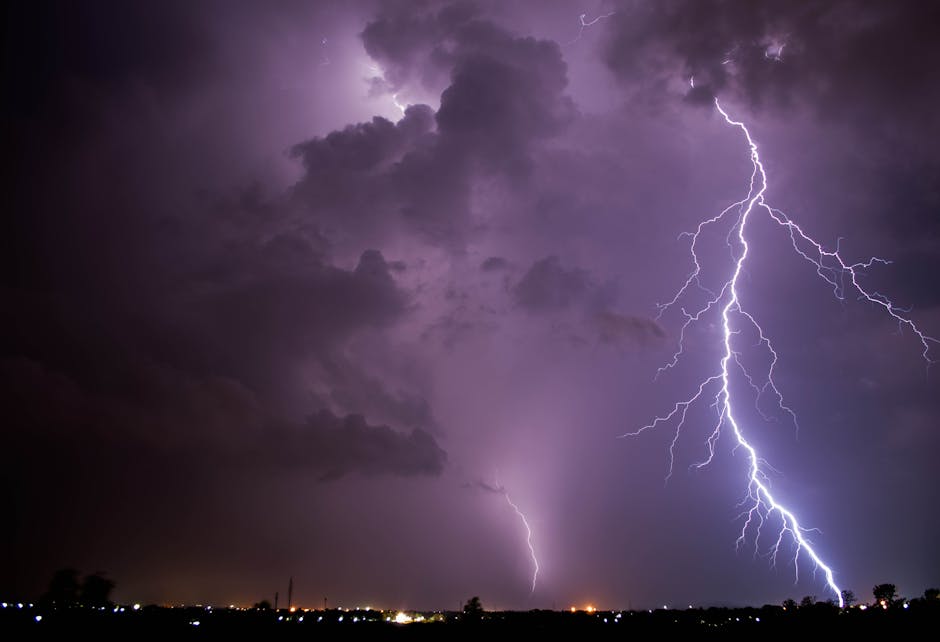Dozens Killed in Flash Flooding and Landslides in Nepal and India: Monsoon Havoc
In a devastating turn of events, flash floods and landslides triggered by torrential monsoon rains have wreaked havoc across parts of Nepal and northern India, claiming dozens of lives and leaving a trail of destruction. The disaster, which unfolded over the weekend, has displaced thousands, destroyed homes, and disrupted communication and transportation networks in the affected regions.
The Scope of the Disaster
The worst-hit areas include several districts in Nepal and the Indian states of Uttarakhand and Himachal Pradesh. In Nepal, the districts of Kaski, Myagdi, and Parbat have reported significant casualties, with rescue teams struggling to reach remote villages cut off by landslides. In India, the hilly regions of Uttarakhand, particularly the districts of Chamoli and Rudraprayag, have seen rivers swell to dangerous levels, submerging entire villages and washing away bridges.
According to preliminary reports, at least 50 people have lost their lives across the two countries, with the death toll expected to rise as rescue operations continue. Hundreds more are injured, and many remain missing, raising fears of further casualties.
Rescue and Relief Efforts
Authorities in both countries have mobilized emergency response teams to assist those affected. In Nepal, the Nepal Army, Armed Police Force, and local volunteers are working tirelessly to rescue stranded residents and provide medical aid. Helicopters have been deployed to airlift people from inaccessible areas and deliver essential supplies.
In India, the National Disaster Response Force (NDRF) has been deployed to Uttarakhand and Himachal Pradesh, where teams are conducting search-and-rescue operations in flood-affected areas. The Indian Air Force has also been pressed into service to assist with relief efforts.
Despite these efforts, rescue operations have been hampered by continuous rainfall, unstable terrain, and the sheer scale of the disaster. Many roads and bridges have been washed away, making it difficult for relief teams to reach affected communities.
Impact on Communities
The floods and landslides have left thousands homeless, with many forced to take shelter in temporary relief camps. Homes, farmlands, and livestock have been destroyed, dealing a severe blow to the livelihoods of those living in these predominantly rural areas.
In Nepal, the popular tourist town of Pokhara has been particularly hard hit, with reports of landslides burying homes and blocking roads. The town, which serves as a gateway to the Annapurna trekking circuit, is a key source of income for many locals, and the disaster has dealt a significant blow to the region’s tourism industry.
In India, the floods have disrupted pilgrimage routes to sacred sites like Kedarnath and Badrinath in Uttarakhand, a region still recovering from the devastating floods of 2013. The state government has issued warnings to residents and tourists to avoid traveling to flood-prone areas.
Climate Change and the Monsoon
The tragedy has once again highlighted the increasing frequency and intensity of extreme weather events in South Asia, which scientists attribute to climate change. The monsoon season, which typically lasts from June to September, is critical for agriculture in the region but has become increasingly unpredictable in recent years, with prolonged dry spells followed by intense rainfall.
Experts warn that unplanned urbanization, deforestation, and the construction of infrastructure in ecologically sensitive areas have exacerbated the impact of such disasters. They call for better disaster preparedness, early warning systems, and sustainable development practices to mitigate the risks in the future.
A Call for Solidarity
As the affected communities grapple with the aftermath of this disaster, there is an urgent need for support from both the government and the public. Relief organizations are appealing for donations of food, water, clothing, and medical supplies to assist those in need.
This tragedy serves as a grim reminder of the fragility of life in the face of nature’s fury and the importance of collective action in times of crisis. Our thoughts are with the families of those who have lost their lives, and we stand in solidarity with the people of Nepal and India as they navigate this difficult period.
Stay tuned for updates on this developing story.




